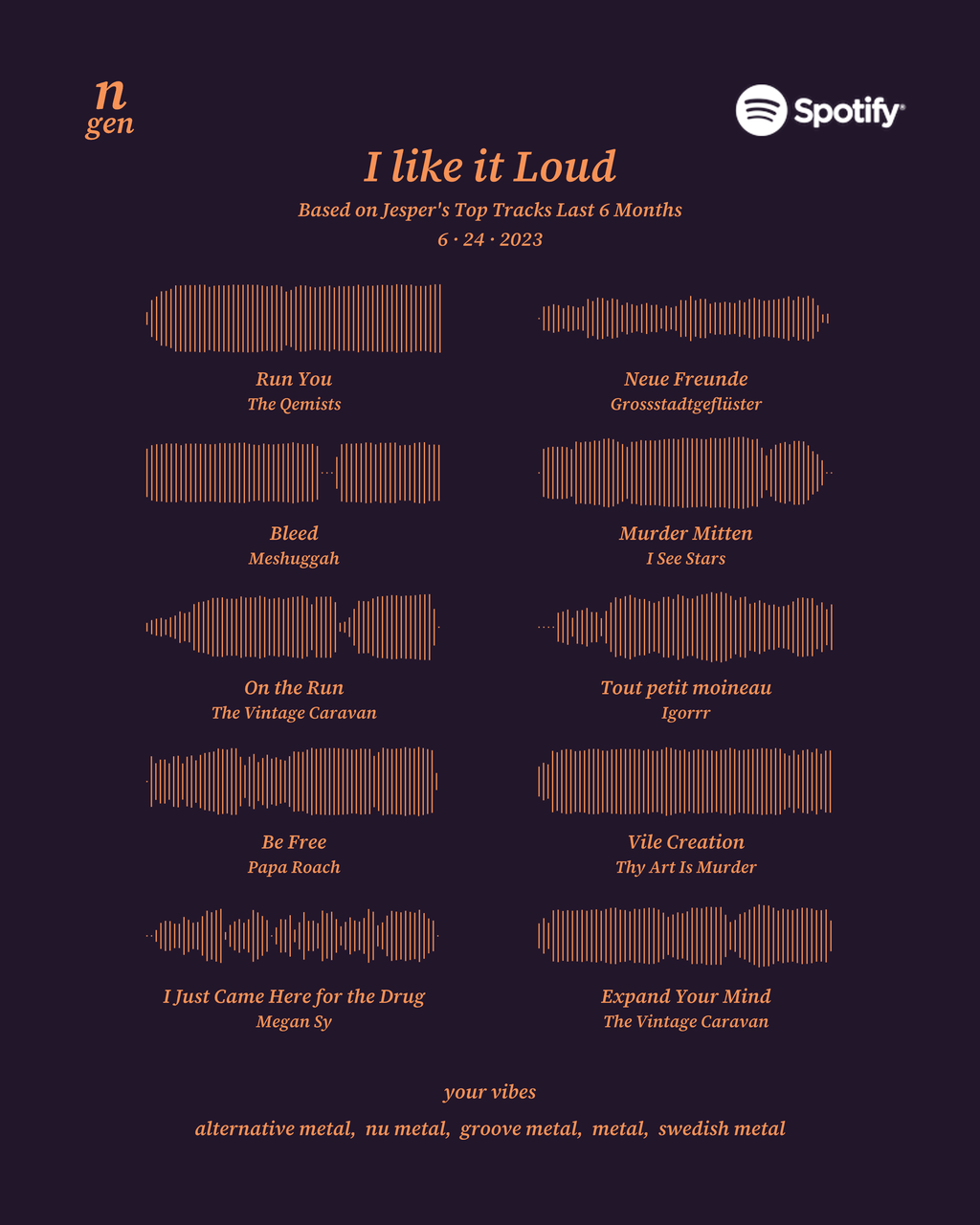🌈 Gossipping in June, is spilling the LGBTea
Late to the Party 🎉 is about insights into real-world AI without the hype.

Hello internet,
It’s scorching out, so let’s get ready for a summer edition and enjoy some machine learning together!
The Latest Fashion
- The Rise of machine learning in weather forecasting
- Turns out OpenAI lobbied the EU to water down AI regulation
- Check out this great explainer for BatchNorm
Got this from a friend? Subscribe here!
My Current Obsession
It’s been incredibly hot in Germany for the last week, and unfortunately, my brain stops working above 25°C. So I haven’t done too many interesting things this week.
Maybe it will get better next week when everything cools down a bit.
Thing I Like
I’m considering buying an air conditioner just to stop suffering so badly in summer. But I feel irrationally bad about it, so I’m still on the fence.
Hot off the Press
I posted a short video about data science careers and the possibility of learning in a bootcamp.
We wrote a big science blog about the last year of machine learning in weather forecasting for ECMWF. Quite a nice read if I do say so myself.
In Case You Missed It
Are data science bootcamps worth it?
Machine Learning Insights
Last week I asked, Can you explain the RTF prompting technique?, and here’s the gist of it:
The RTF (Role, Task, Format) prompting technique is used to structure the input given to a language model to obtain desired outputs. It provides a clear framework for formulating prompts to ensure effective communication and achieve specific objectives.
Let’s break down each component of the RTF technique:
- Role: The Role specifies the perspective or position from which the response should be written. It helps provide context and ensure the generated output aligns with the desired role. For example, the role could be a meteorologist, a teacher, or a journalist.
- Task: The Task defines the specific question or problem that needs to be addressed. It clarifies the objective of the response and guides the model to focus on the relevant information. This helps in obtaining more accurate and tailored outputs.
- Format: The Format outlines the structure or style of the response. It sets guidelines for how the information should be presented, such as using bullet points, providing examples, or using a specific tone. Specifying the format can influence how the model generates its response.
To illustrate the RTF prompting technique in the context of meteorological data, let’s consider an example:
Role: Meteorologist Task: Explain the factors contributing to thunderstorm formation. Format: Use simple and concise language suitable for a middle school audience.
Following the RTF technique, we provide clear instructions for the language model. It prompts the model to generate an explanation of the factors involved in thunderstorm formation from the perspective of a meteorologist, using a language that is easily understandable for middle school students.
The RTF technique allows for more targeted and effective communication with the language model, increasing the likelihood of obtaining desired outputs. By structuring the input prompt with a specific role, task, and format, we can guide the model’s response to meet our requirements and provide relevant, accurate, and suitable information for the intended audience.
It is important to note that prompt engineering, including the RTF technique, is an iterative process. Experimentation and refinement may be necessary to fine-tune the prompt and achieve the desired outputs from the language model.
Data Stories
Ok. This one was so much fun!
It’s a waveform visualizer of your Spotify top songs.
Looks like I like it loud!

When you create yours, tag me because I love looking at these!
Question of the Week
- In the context of prompt engineering, what are some potential ethical concerns that may arise when using language models, and how would you address them?
Post them on Mastodon and Tag me. I’d love to see what you come up with. Then I can include them in the next issue!
Tidbits from the Web
- A Video about the Death of Europe’s last high-tech electronics giant
- I just learned about the Dopamine Menu for neurodivergent folks!
- This video eating at every Celebrity Chef’s restaurant on the Vegas strip was just fun
Add a comment: